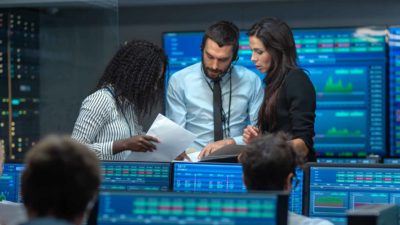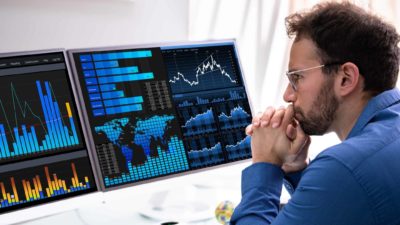Some ASX shares are known for delivering dividends to investors while others are better known for their capital growth potential. I'm going to talk about two investments that I think could deliver excellent returns for investors.
I'm a big fan of ASX tech shares, but they're not the only place to look for opportunities that could achieve considerable growth over the long term.
Vaneck Morningstar Wide Moat ETF (ASX: MOAT)
This ASX-listed exchange-traded fund (ETF) is all about investing in competitively advantaged businesses. Advantages can come in many forms such as brand power, patents, intellectual property, or lower costs than competitors.
Morningstar analysts expect these competitive advantages to last for at least a decade and, more likely than not, for two decades.
With this shortlist of competitively advantaged companies, the analysts only decide to invest if they think the companies are valued at good prices compared to what the analysts determine is a good price.
I think this investment style is well-suited to produce strong long-term returns as it tends to invest in strong, long-term businesses at good prices.
Of course, past performance is not a guarantee of future returns but over the past five years, the MOAT ETF has delivered average returns per annum of 16.7%. If it achieved the same return over the next five years, it would grow a starting investment of $1,000 to more than $2,100 by the end of that period.
Healthia Ltd (ASX: HLA)
Healthia is a promising ASX growth share in my opinion. The business is an allied health company with a network of optometry, podiatry, and physiotherapy clinics around Australia. The company also has its iOrthotics division, which it touts as Australia's "leading manufacturer of custom-made and 3D printed foot orthotic devices for podiatrists".
I think a combination of long-term organic growth of clinic revenue, as well as ongoing acquisitions, will help the business deliver impressive returns over the long term as scale leads to improving profit margins.
The FY23 half-year result was a great example of this. Underlying revenue rose 34.3% year over year, with organic revenue of 5.4%. At the same time, underlying earnings before interest, tax, depreciation and amortisation (EBITDA) grew by 48.2% to $18.1 million (faster than revenue growth).
It also noted that during the period, it invested $8.3 million to acquire 10 physiotherapy clinics and two hand therapy clinics. At the same time, it invested $1.9 million into expanding service offerings within eight existing clinics.
The company has noted it had a market share of less than 3% of the addressable industry revenue. It also said it was reviewing more than 100 allied health businesses as part of an "active acquisition pipeline". Those future acquisitions are expected to be funded from cash and existing bank facilities.
If the ASX share can grow its market share to 6% then I think its profit and the Healthia share price can double as well.









